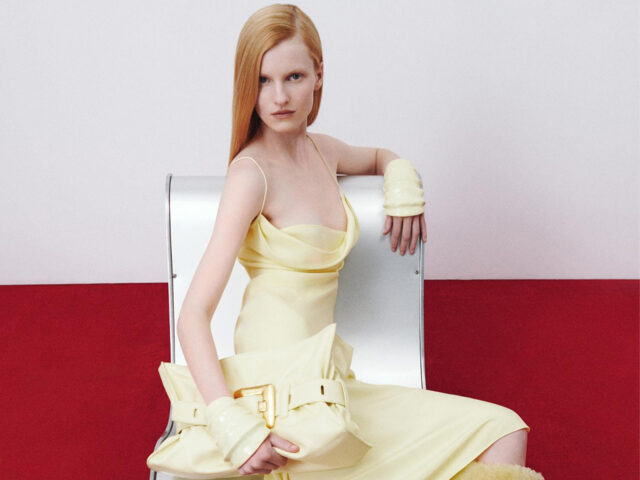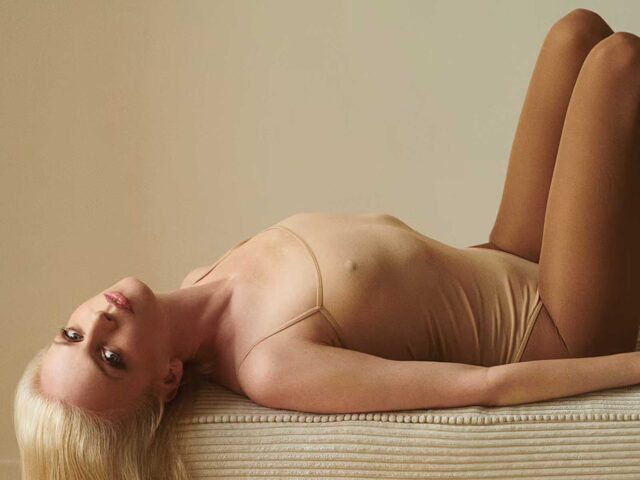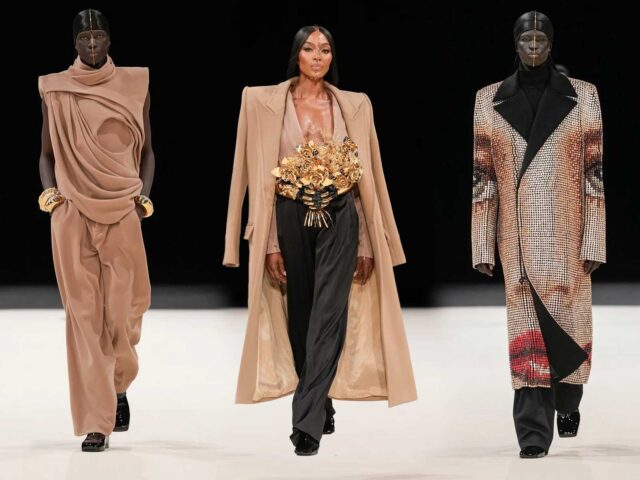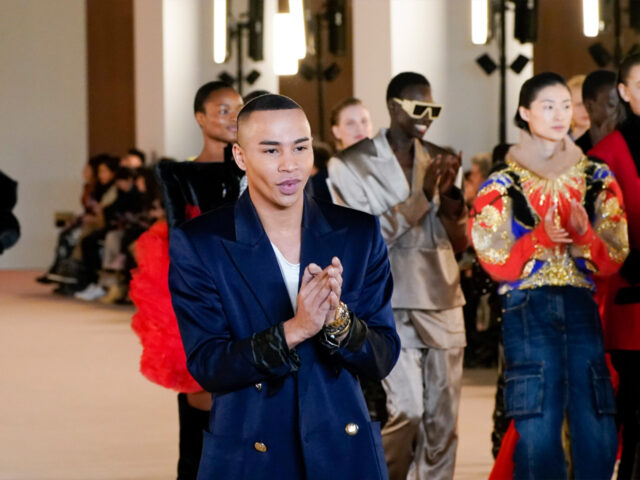The news of Olivier Rousteing’s departure from Balmain marks more than just a change in creative direction: it is the end of a cycle that defined the relationship between fashion, popular culture and contemporary identity. After fourteen years at the helm of the Parisian fashion house, the designer bids farewell to a universe he himself reinvented, taking Pierre Balmain’s legacy into the realm of spectacle, emotion and digital hypervisibility.
Rousteing took the helm in 2011, at just 25 years of age. At a time when the industry seemed torn between nostalgia and homogenisation, he burst onto the scene with a distinct voice: young, diverse, bold, deeply connected to the cultural reality of his generation. His Balmain did not speak only to the elite: it spoke to the global audience that consumed images, dreams and references from a smartphone screen. He understood, before many others, that 21st-century fashion could not exist in isolation from social conversation, representation or collective desire.
Under his gaze, Balmain became synonymous with visual empowerment: structured shoulders, sequins that reflected light and power, bodies that proudly occupied space. His collections were not mere aesthetic exercises, but manifestos on the strength of individuality. He was one of the first designers to understand that democratising luxury was not about making it cheaper, but about opening it up symbolically: making more people feel part of its narrative. Logo T-shirts, ubiquitous during the 2010s, were both a commercial gesture and a cultural statement: high-end fashion turned into everyday language.
Rousteing also embodied a new type of creative director: media-savvy, transparent, emotional. His presence on social media dismantled the myth of the distant creator. Instead, he offered vulnerability and authenticity, sharing both his successes and his internal struggles. His personal story—marked by adoption, identity and the search for belonging—imbued his work with a sensitivity that resonated beyond the catwalk. In an often hermetic industry, Rousteing was human, even radically human.
But all that glitters also carries the weight of time. In recent years, the maximalism that made Balmain a global icon began to clash with a new spirit: a generation seeking silence, pause and depth in the face of the noise of spectacle. Rousteing’s latest collections, technically impressive but laden with visual excess, seemed to struggle between fidelity to his own universe and the need to change. In that interstice—between grandeur and weariness—his departure can be understood: not as a failure, but as an act of creative maturity.
‘I am immensely proud of what we have built,’ he wrote in his farewell statement. ‘Balmain has been my home and my family for 14 years.’ There is an emotion in those words that transcends corporate rhetoric: that of someone who knows he has shaped an era and who, at the same time, feels that his vision needs to breathe new air.
Balmain, for its part, now faces a question that goes beyond names or successions: what does it mean to be Balmain in 2025? How can it reconcile its legacy of opulence with the new sensibility of quiet luxury, the real body, and restrained emotion? What Rousteing leaves behind is not just an aesthetic, but an attitude: the certainty that fashion can be inclusive, powerful and deeply emotional at the same time.
At a time of transitions—from Gucci to Saint Laurent, from McQueen to Givenchy—Rousteing’s departure symbolises a change of era. Fashion, always in constant rebirth, seems to be seeking authenticity once again in a world saturated with images. But if Olivier Rousteing taught us anything, it is that even in saturation there can be beauty, and that light, when it is genuine, never goes out completely.
Olivier Rousteing draws on Pierre Balmain’s archive for the fashion house’s 80th anniversary.
Sigue toda la información de HIGHXTAR desde Facebook, Twitter o Instagram
You may also like...






